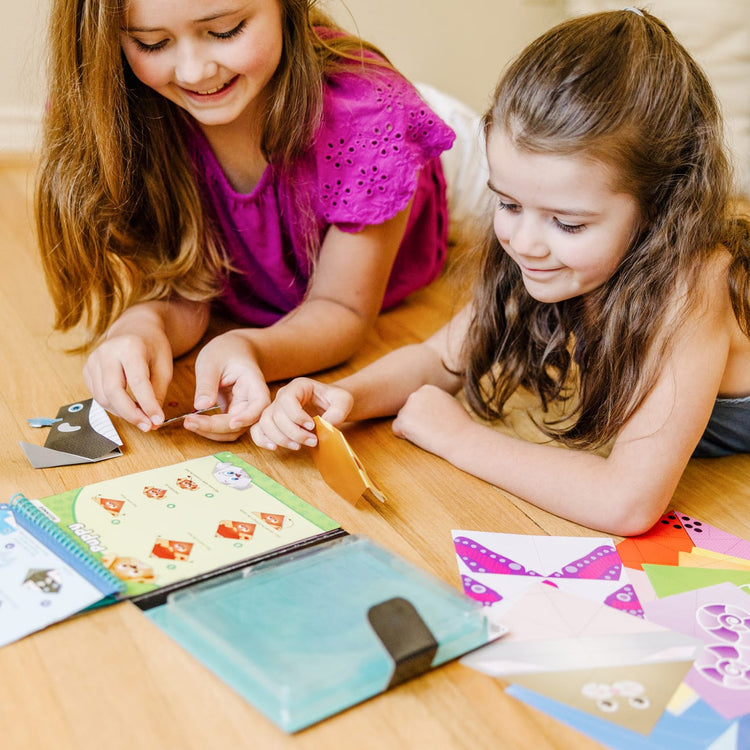
In the world of crafting, pop-up cards hold a unique place for their ability to surprise and delight recipients. However, creating these intricate designs requires careful consideration and attention to detail.
In this article, we will explore eight crucial do's and don'ts of pop-up card designing that every crafter should know. From achieving balance and cohesion in design to conserving materials and adding dimension, these tips will help you create stunning pop-up cards that bring joy to those who receive them.
Ensuring Ample Space for Pop-Up Elements
To ensure optimal functionality and aesthetic appeal, it is essential to allocate a sufficient amount of space for the placement of pop-up elements within the design of a card. Maximizing creativity and incorporating interactive elements require careful consideration of the available space.
When designing a pop-up card, it is important to strike a balance between the size of the elements and the available space. Too many elements in a limited space can make the card cluttered and overwhelming, while too few elements can make the card appear empty and lacking in creativity.
By allocating enough space, you allow the pop-up elements to shine and capture the attention of the recipient. This space also allows for the smooth movement and interaction of the elements, enhancing the overall user experience.
Achieving Cohesion and Balance in Design
Achieving cohesion and balance in design involves harmonizing various elements and ensuring a seamless integration of visual elements and structural components. To achieve this, designers can employ several cohesion techniques.
One of the key techniques is repetition, where a particular element or motif is repeated throughout the design. This creates a sense of unity and coherence.
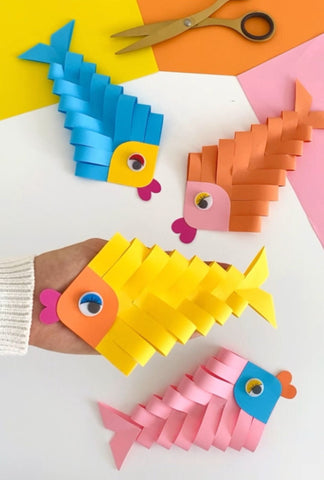
Another technique is contrast, which involves incorporating elements that are different in size, shape, or color to create visual interest.
Balancing the elements within the design is also crucial. This can be done by distributing the visual weight evenly, using symmetry or asymmetry, or by creating a focal point. Design balance ensures that the overall composition feels harmonious and visually appealing.
Resourceful Material Conservation Techniques
Material conservation techniques can significantly reduce waste and maximize the use of resources in pop-up card designing. By implementing material recycling and upcycling techniques, crafters can create stunning and environmentally-friendly cards.
One effective way to conserve materials is by repurposing old cards or scraps of paper. Instead of throwing them away, these materials can be transformed into intricate pop-up elements, adding depth and texture to the design.
Another technique is to use leftover ribbons, buttons, or fabric as embellishments, giving the card a unique and personalized touch.
Additionally, crafters can explore alternative materials such as recycled cardboard or eco-friendly paper options. These choices not only reduce waste but also contribute to a more sustainable approach to crafting.
Embracing resourceful material conservation techniques not only benefits the environment but also allows crafters the freedom to explore their creativity while making a positive impact.
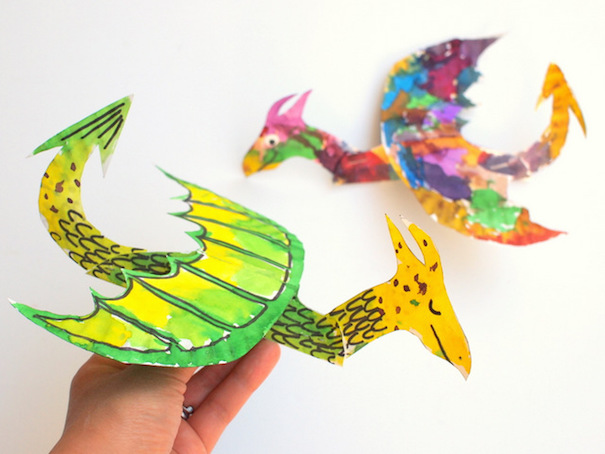
Steer Clear of Overly Thin Card Structures
When it comes to pop-up card designing, it is crucial to steer clear of overly thin card structures. Flimsy cardstock can easily tear or collapse, compromising the overall design and functionality of the card.
Instead, opt for sturdy materials that can withstand the stress of folding and unfolding, and reinforce weak areas to ensure the longevity of the card.
Avoid Flimsy Cardstock
Using high-quality cardstock is essential to ensure sturdy and durable pop-up card structures. Crafters should prioritize choosing sturdy materials that can withstand the weight and pressure of pop-up elements. Opting for cardstock with a higher weight ensures a more robust foundation for intricate and elaborate designs. Thin cardstock tends to bend and tear easily, compromising the overall integrity of the pop-up card. By investing in thicker and more substantial cardstock, crafters can create pop-up cards that not only impress visually but also withstand the test of time.
Use Sturdy Materials
Crafters should consistently prioritize using sturdy materials, avoiding overly thin card structures that compromise the strength and durability of their pop-up card designs. By opting for sturdy paper and durable materials, crafters can ensure that their creations will last longer and withstand the test of time.
Here are some reasons why using sturdy materials is crucial:
- Enhanced longevity: Sturdy materials, such as thick cardstock, provide better support and prevent the card from sagging or collapsing over time.
- Increased structural integrity: By using sturdy materials, crafters can create intricate designs without worrying about the card bending or tearing.
- Better pop-up mechanism: Thin card structures may not have enough strength to hold the pop-up elements in place, resulting in a lackluster effect.
Crafters should invest in high-quality, sturdy materials to create pop-up cards that not only look impressive but also stand the test of time.
Reinforce Weak Areas
To ensure the structural integrity of pop-up cards, it is essential to reinforce weak areas and avoid using overly thin card structures. Weak areas in pop-up cards are prone to tearing or collapsing, which can ruin the overall design and impact of the card.
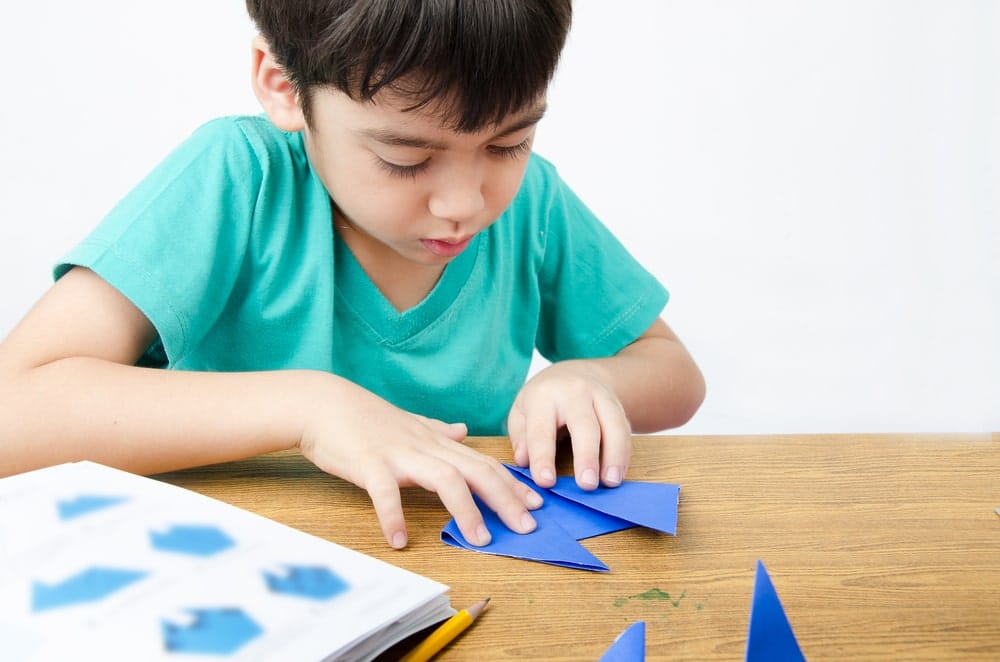
To reinforce these weak areas, crafters can employ various techniques and methods. One effective way is to add additional layers of cardstock or paper to the weak areas, creating a stronger and more stable structure.
Another method is to use reinforcing strips or bands made of thicker cardstock, which can be strategically placed to provide support to the weak areas.
Adding Dimension With Decoupage
When incorporating decoupage into pop-up card designs, careful attention must be paid to the arrangement of layers and the selection of materials. Decoupage techniques can add texture and depth to your cards, making them visually appealing and engaging for the recipient.
Here are some crucial do's and don'ts to consider when adding dimension with decoupage:
DO choose lightweight materials that won't weigh down the card or affect its ability to pop up.
DO experiment with different types of paper, such as patterned scrapbook paper or tissue paper, to create interesting textures.
DON'T overcrowd the card with too many layers. Keep it balanced and allow each layer to stand out.
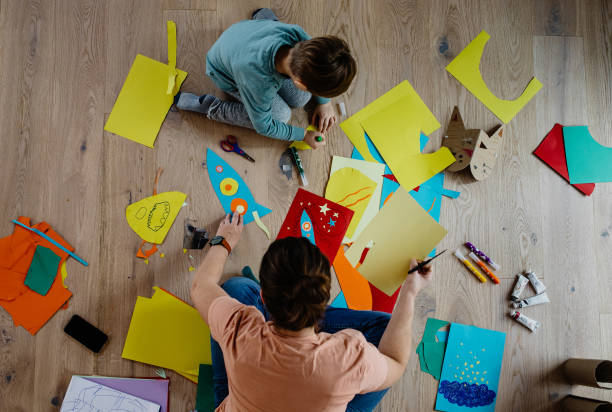
DON'T forget to seal your decoupage layers with a clear varnish or glue to protect them from wear and tear.
Moderating the Use of Glitter in Pop-Up Cards
When it comes to pop-up card design, glitter can add a touch of sparkle and magic. However, it's important to moderate its use to avoid any potential safety hazards, especially for young children who may accidentally ingest or get glitter in their eyes.
Additionally, balancing the amount of glitter used is crucial to prevent the card from becoming too messy or overwhelming. Fortunately, there are eco-friendly glitter options available that can help reduce the environmental impact while still achieving the desired shimmering effect.
Glitter Alternatives for Safety
The use of biodegradable sequins can be a safer alternative to traditional glitter in pop-up card designs. Not only are they eco-friendly alternatives, but they also eliminate the safety concerns associated with the use of regular glitter.
Here are two important safety precautions to consider when using glitter alternatives:
Opt for biodegradable sequins made from plant-based materials, such as cellulose or starch. These materials are non-toxic and break down naturally over time, reducing the risk of harm to the environment and human health.
Avoid using glitter alternatives that contain harmful chemicals or additives. Look for products that are free from lead, mercury, and other hazardous substances to ensure the safety of both the crafter and the recipient of the pop-up card.
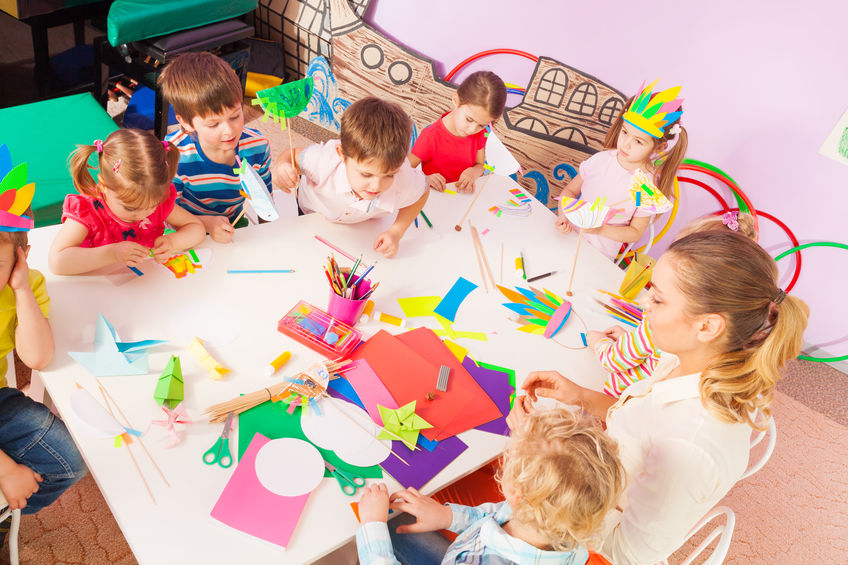
Balancing Sparkle and Mess
By carefully controlling the amount and application of glitter, crafters can strike a perfect balance between adding sparkle to their pop-up cards and avoiding excessive mess. Balancing color combinations is essential when incorporating glitter into the design. Crafters should consider the overall theme and color scheme of the card to ensure that the glitter enhances the visual appeal without overpowering the other elements.
It is important to choose glitter colors that complement the card's palette and create a harmonious effect. Additionally, crafters can incorporate interactive elements to make the glitter more engaging. For example, they can use glitter that changes color when touched or add a hidden compartment filled with glitter that can be revealed by pulling a tab. These interactive elements add an extra dimension to the card and make the glitter more enjoyable for the recipient.
Eco-Friendly Glitter Options
Crafters can minimize the environmental impact of glitter in pop-up cards through the use of eco-friendly alternatives. By choosing these alternatives, crafters can still add sparkle to their creations while reducing the negative effects on the environment. Here are some options to consider:
Biodegradable glitter: Made from plant-based materials, biodegradable glitter breaks down naturally over time, reducing its environmental impact.
Mica powder: Derived from minerals, mica powder can provide a shimmering effect without the harmful microplastics found in traditional glitter.
By opting for these eco-friendly glitter alternatives, crafters can contribute to reducing the environmental impact of their creations. Not only do these options provide a guilt-free sparkle, but they also promote sustainability and protect our planet for future generations.
Allowing Sufficient Time for Design Process
Allowing ample time for the design process is crucial in creating well-crafted pop-up cards. Design time management is essential to ensure that every aspect of the card is carefully thought out and executed. It allows for creative problem solving, enabling the crafter to explore different design options and find innovative solutions. By giving yourself enough time, you can experiment with various techniques, materials, and layouts, ensuring that the final product is visually appealing and structurally sound.
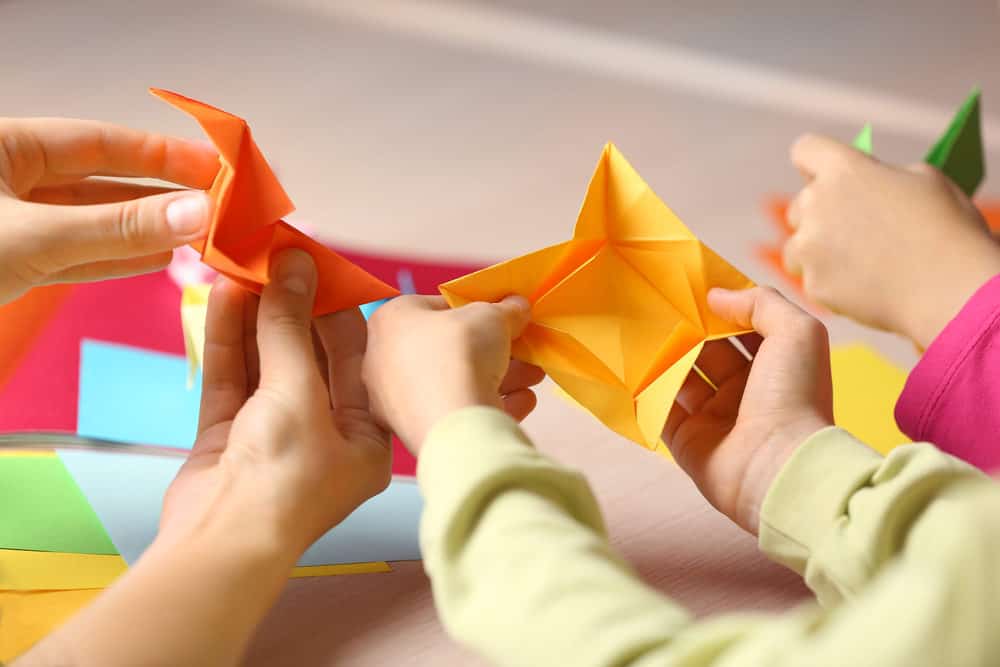
Rushing through the design process can lead to mistakes and compromises in quality. It is important to approach the design process with patience and a willingness to iterate and refine. So, take your time, embrace the freedom to explore, and allow your creative ideas to come to life in your pop-up card designs.
Prioritizing Precision in Pop-Up Card Creation
Ensuring precise measurements and meticulous cutting are paramount when creating pop-up cards. This attention to detail is what sets apart a well-crafted card from a mediocre one. To achieve precision in measurements and intricate cutting techniques, consider the following:
- Use a ruler or measuring tape to accurately measure the dimensions of your card and its pop-up elements. This will ensure that everything fits perfectly and aligns as intended.
- Take your time when cutting out the intricate shapes and designs. Use sharp scissors or craft knives for clean and precise cuts.
- Practice patience and steady hands to avoid any accidental slips or mistakes.
- Consider using a cutting mat to protect your work surface and provide a stable cutting platform.
Frequently Asked Questions
Can I Use Any Type of Paper for Pop-Up Cards?
Different types of paper can be used for pop-up cards, each with its pros and cons. Some options include cardstock, construction paper, and scrapbook paper. Consider factors such as thickness, flexibility, and durability when choosing the right material for pop-up elements.
What Are Some Alternative Materials That Can Be Used for Pop-Up Elements?
Alternative materials for pop-up elements include fabric, acetate sheets, vellum, and thin plastic. These materials can add texture and dimension to pop-up cards, allowing crafters to create unique and visually appealing designs.
How Do I Prevent the Pop-Up Elements From Tearing the Card?
To prevent tearing of pop-up elements in a card, it is crucial to reinforce them properly. This can be achieved by using sturdy materials, such as cardstock or cardboard, and ensuring secure attachment to the card base.
When designing pop-up cards, it is essential to have specific tools and necessary equipment. These items can include scissors, a ruler, a bone folder, adhesive, and various paper types. Having the right tools will help ensure precise and professional-looking designs.
How Can I Ensure That My Pop-Up Card Design Is Unique and Stands Out From Others?
To ensure your pop-up card design is unique and stands out, consider incorporating design tips and creative techniques. Experiment with different materials, colors, and shapes to create a visually appealing and one-of-a-kind card that catches the eye.
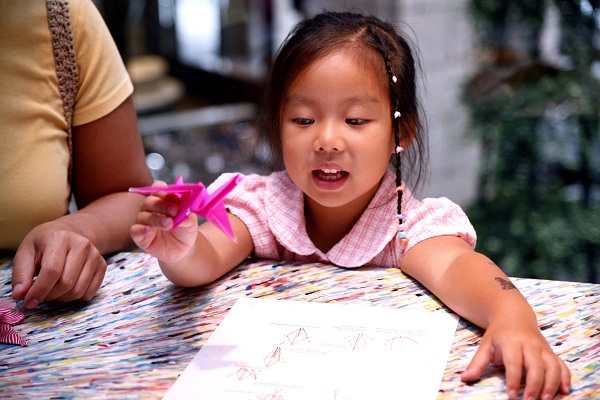
 Kids Art ProjectsParty PlanningPaper CraftsOrigami for KidsPrivacy PolicyTerms And Conditions
Kids Art ProjectsParty PlanningPaper CraftsOrigami for KidsPrivacy PolicyTerms And Conditions
